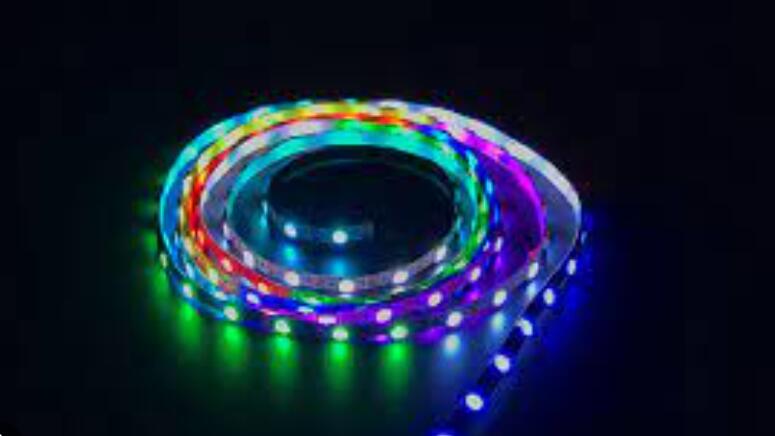Pixel LED and RGB LED refer to different types of LED lighting systems with distinct characteristics:

-
Pixel LED:
-
Pixel LED lights, also known as addressable LED lights or smart LED lights, are composed of individual LED bulbs that can be controlled individually or in groups.
-
Each LED in a pixel LED setup has its own microcontroller or integrated circuit (IC), enabling independent control of color and brightness.
-
Pixel LED lights can display dynamic lighting effects, animations, and patterns by controlling the color and brightness of each LED independently.
-
They are commonly used in applications where precise control over individual LEDs is desired, such as digital signage, stage lighting, architectural lighting, and entertainment setups.
-
RGB LED:
-
RGB LED lights consist of LEDs that can emit light in three primary colors: red, green, and blue (hence the abbreviation "RGB").
-
These LEDs are often grouped together in clusters or arrays, with each cluster containing individual LEDs dedicated to emitting one of the three primary colors.
-
By adjusting the intensity of each color (red, green, and blue), RGB LED lights can produce a wide range of colors by mixing different combinations of the primary colors.
-
RGB LED lights are commonly used in various applications, including decorative lighting, accent lighting, mood lighting, and backlighting for displays.
In summary, while both pixel LED and RGB LED lights allow for colorful lighting effects, pixel LED lights offer more advanced control capabilities, enabling precise control over each individual LED for dynamic animations and patterns. RGB LED lights, on the other hand, rely on mixing different intensities of the primary colors to produce a wide range of hues and are often used for decorative and ambient lighting purposes.


